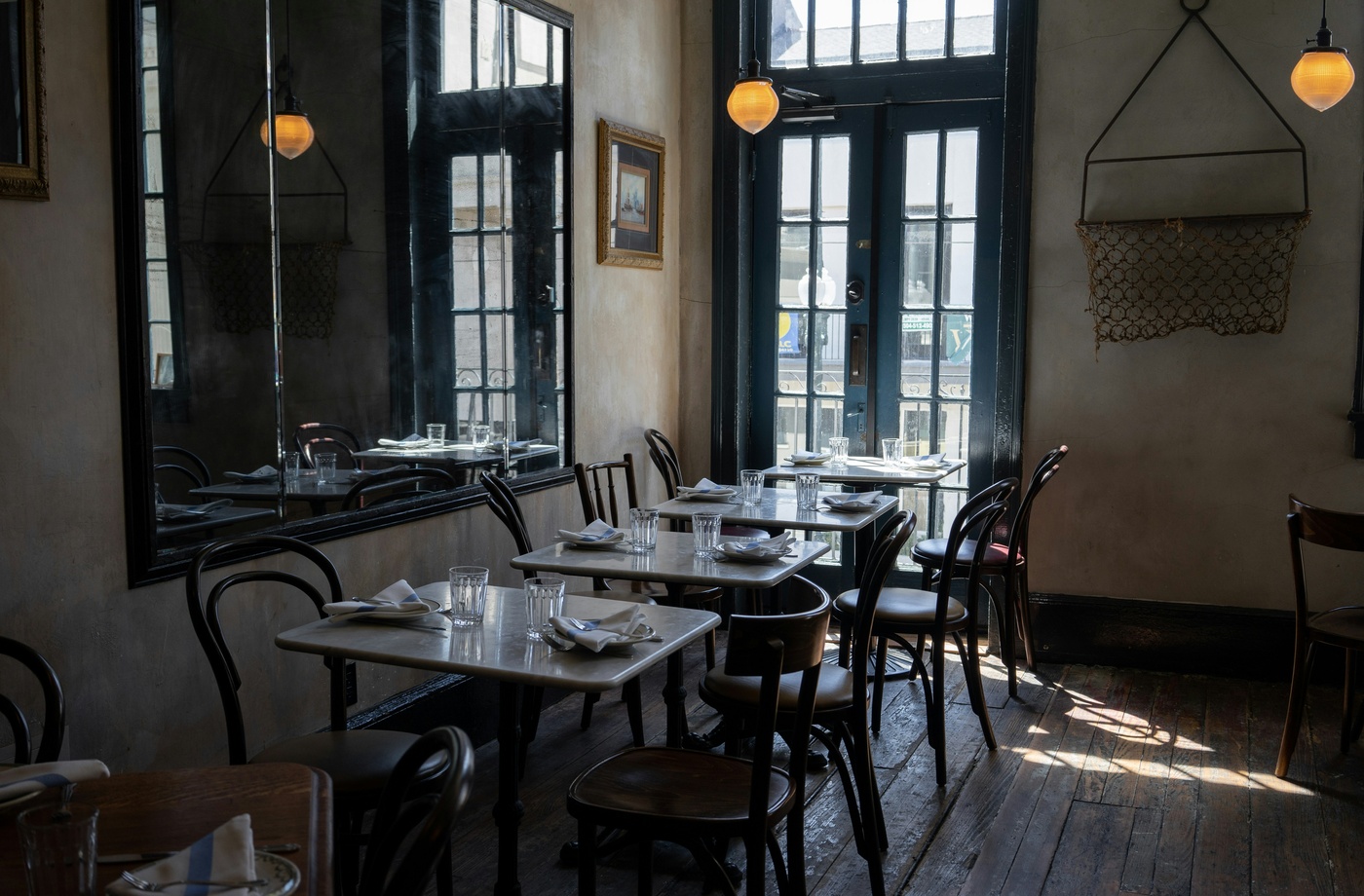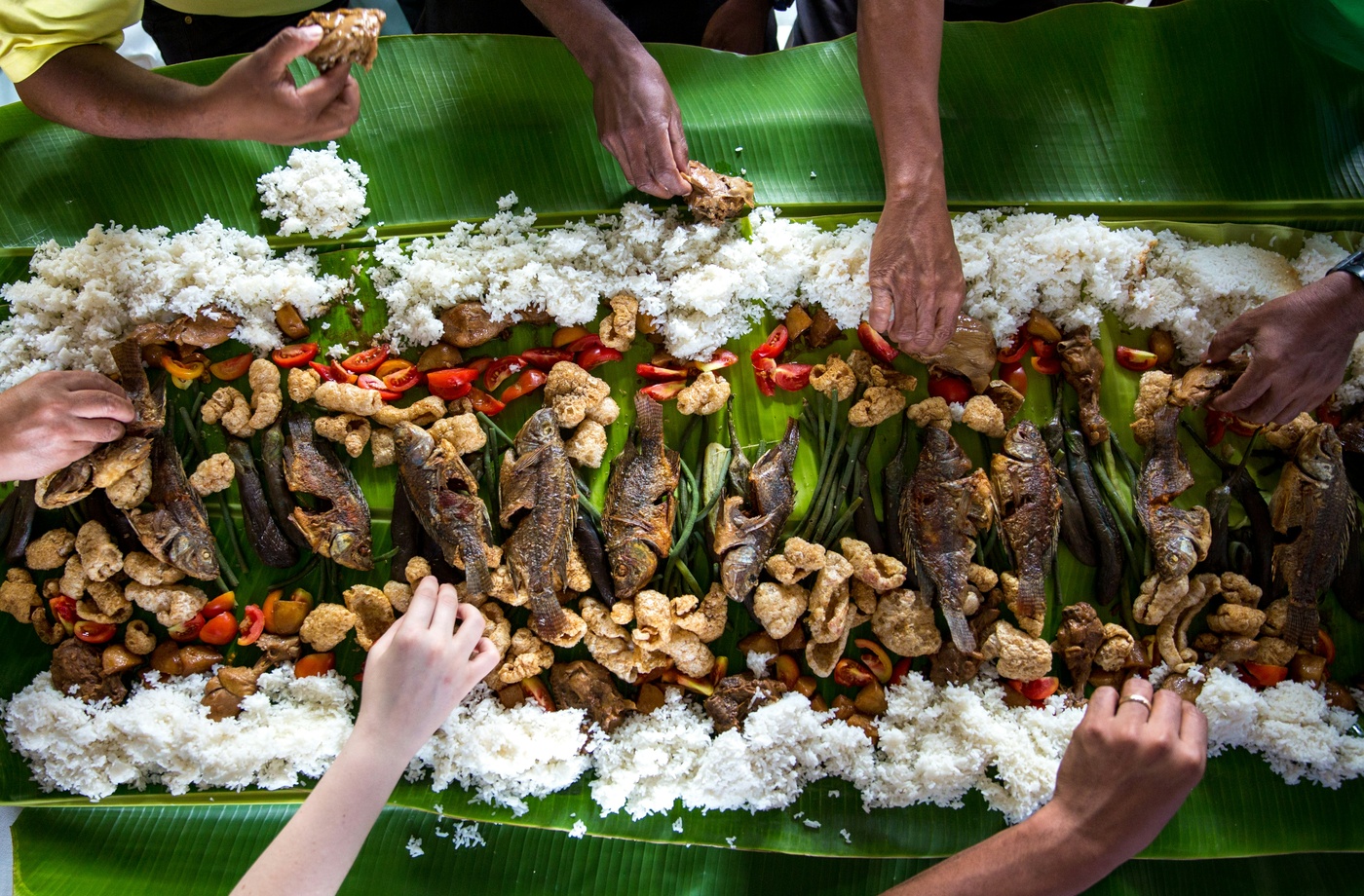Canning is one of the most time-honored ways to preserve the flavors of each season. From summer peaches to fall tomatoes, the process lets you enjoy your favorite fruits and vegetables long after their peak. Whether you’re looking to cut food waste, stock your pantry, or give homemade gifts, learning how to can is a worthwhile and rewarding skill.
Why Canning Still Matters
Home canning allows you to take full control of your ingredients—no preservatives, no additives, just real food preserved with care. It’s also a practical way to extend the life of bulk produce, especially when prices drop at the height of the season.
Essential Canning Equipment
Getting started doesn’t require a full kitchen overhaul. Here’s what you’ll need:
- Canning jars (with new lids)
- Water bath canner or large stockpot with rack
- Jar lifter, funnel, and ladle
- Clean towels and labels
You can find affordable beginner kits online. To save on canning supplies, consider using cashback apps like Rakuten, Ibotta, or Fluz when purchasing from retailers like Walmart, Target, or specialty kitchen stores.
Water Bath vs. Pressure Canning
- Water bath canning is ideal for high-acid foods like tomatoes, jams, pickles, and most fruits.
- Pressure canning is necessary for low-acid foods such as beans, soups, and meats. If you’re just getting started, begin with water bath recipes—it’s simpler and less equipment-intensive.
What to Can by Season
- Spring: Strawberries, rhubarb, asparagus
- Summer: Peaches, tomatoes, cucumbers (for pickles), corn
- Fall: Apples, pears, pumpkin purée, beets
- Winter: Citrus marmalades, preserved lemons, winter squash soups
Safety First
Always follow trusted recipes and guidelines. Unsafe canning methods can lead to botulism. Refer to the National Center for Home Food Preservation for up-to-date instructions and safety standards.
Make It a Tradition
Canning connects you to old-world practices that value seasonality and simplicity. Over time, you may find yourself growing your own ingredients or trading jars with neighbors. It’s a culinary ritual that brings comfort, community, and sustainability into your kitchen.



